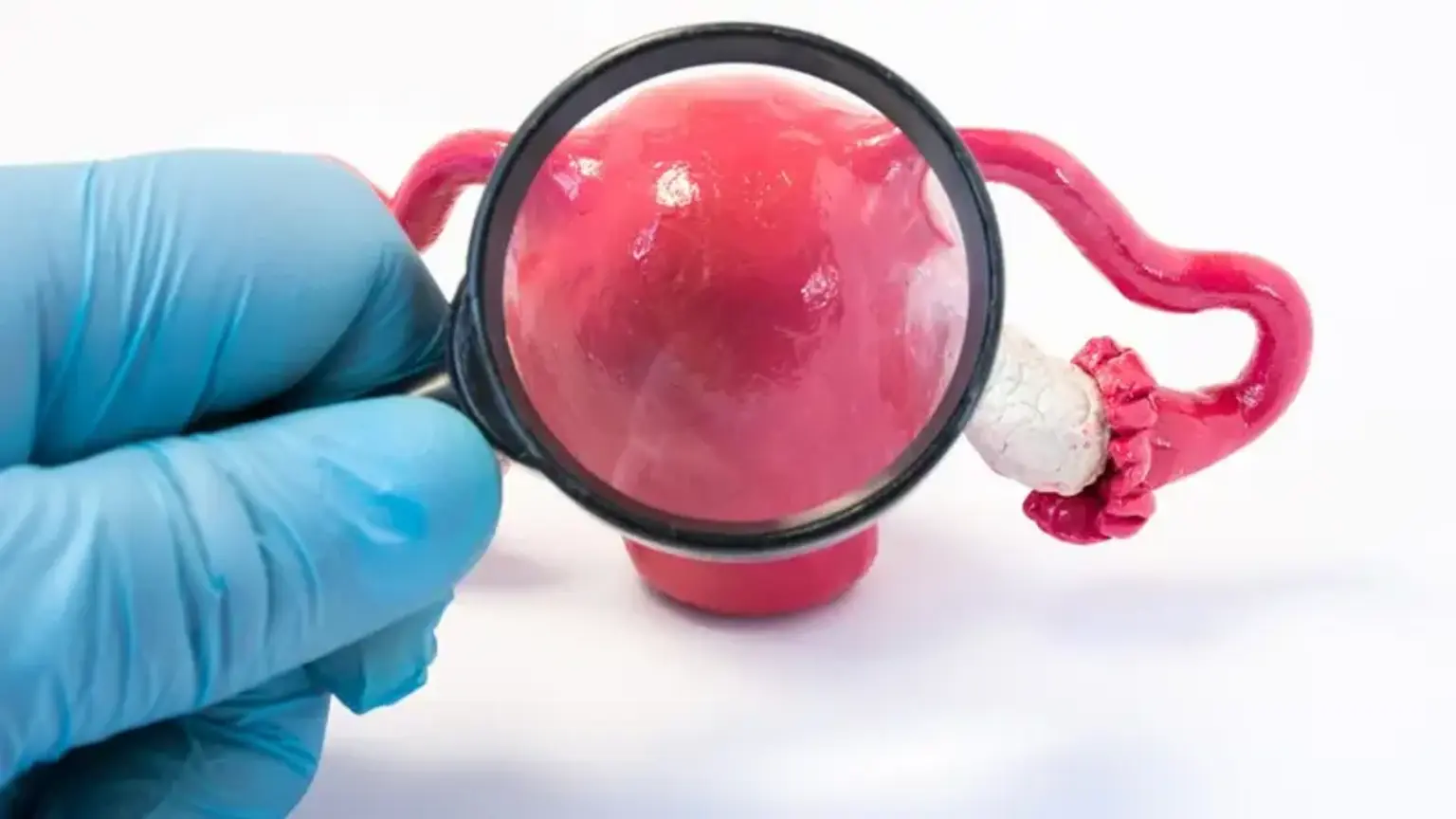Introduction
Understanding Adenomyosis
Adenomyosis is a gynecological condition that occurs when the endometrial tissue lining the uterus begins to invade the muscular walls of the uterus. This results in symptoms such as heavy menstrual bleeding, severe pelvic pain, and an enlarged uterus. Though adenomyosis is non-life-threatening, its impact on physical and emotional well-being can be significant.
In recent years, awareness about adenomyosis has grown, with countries like South Korea emerging as leaders in advanced diagnostic and treatment techniques. This article explores the symptoms, causes, and various treatment options available, particularly emphasizing the innovative approaches practiced in Korean medicine.
Why Is Adenomyosis a Concern?
Adenomyosis affects millions of women worldwide, particularly those between the ages of 30 and 50. It often goes undiagnosed for years due to overlapping symptoms with other conditions like endometriosis and fibroids. Left untreated, adenomyosis can disrupt daily life, reduce fertility, and lead to chronic pain and emotional distress.
In Korea, the condition is gaining attention due to its significant impact on women’s health and its role in the growing field of medical tourism. By offering cutting-edge treatments and holistic care, Korean healthcare professionals are addressing adenomyosis with a level of expertise that attracts patients from around the globe.
Symptoms of Adenomyosis
Common Symptoms of Adenomyosis
